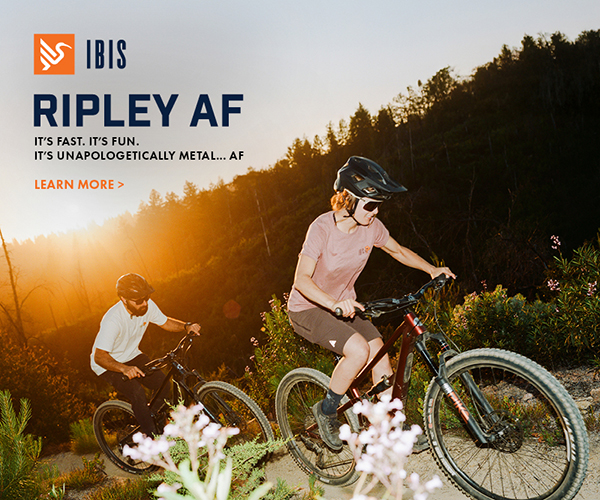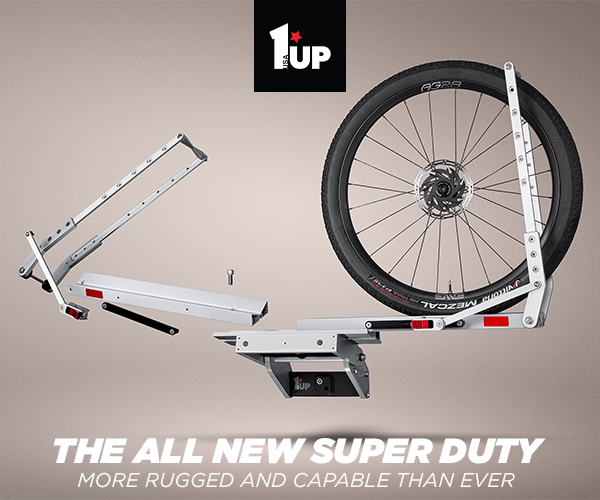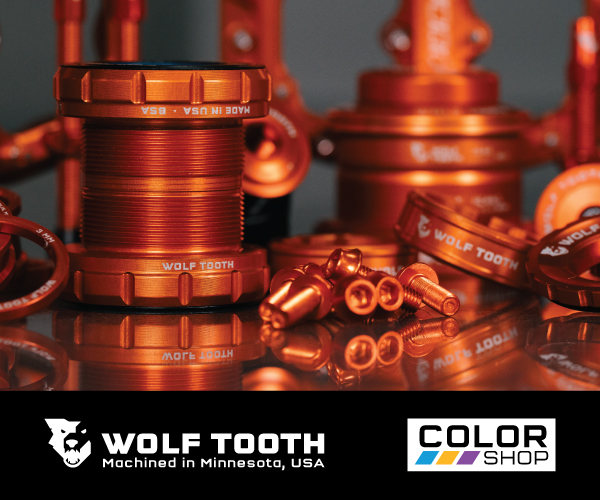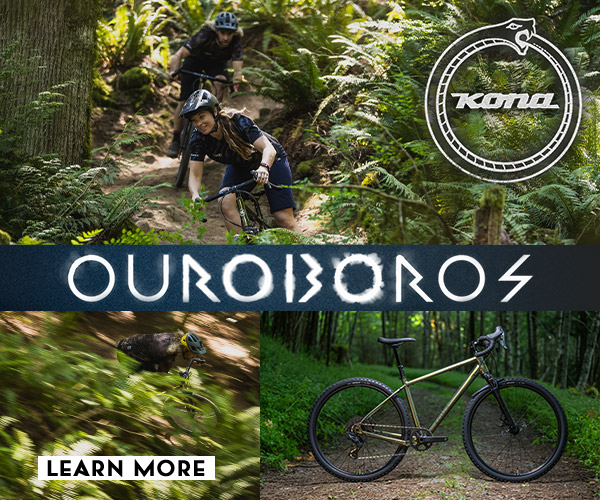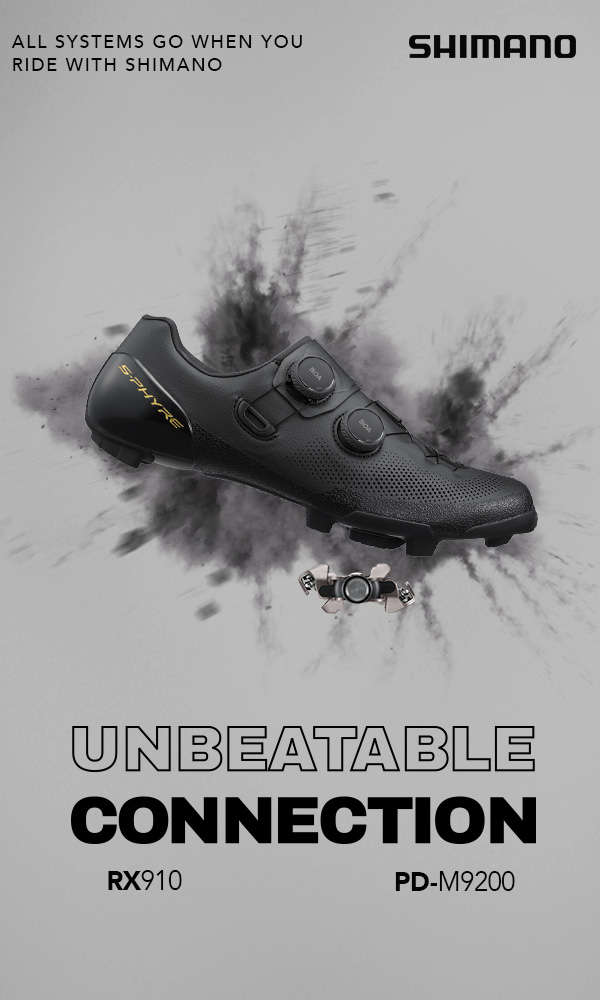Terms like “supportive,” “capable,” “stiff,” and “compliant” are well worn bike-review cliches. But Travis thinks they’re far overshadowed by one little word that, for better or worse, is essential when discussing gear. You’ll have to read his thesis to find out what it is, but here’s a hint: Everybody’s got one.
As Pee-Wee Herman once said while watching the sunrise from the jaws of a concrete T. rex, “Everyone I know has a big ‘but.’” He was, of course, talking about the excuses we cling to when we’re afraid to follow our dreams. But I’m plagued by a very different kind of “but.” It’s the one I use in my product reviews. Here are a couple of recent examples:


”Leaning into a manual on the Crossworx Lite 290 took a split second more planning than on a Chromag Darco or my Spectral 125. But that’s not what this bike is meant for.” Or when talking about the Specialized Chisel’s bottom-bracket height, I said, “I did find myself with a surprising number of pedal strikes, but I actually think that’s refreshing.”
I found my Radavist colleagues are less addicted to the word than I am, but we all use it. John qualified his praise of the Stooge MK7 by saying “Sure, I didn’t take the exact same line choices as a bike with suspension, but I wasn’t not having fun.” And Taylor doubles up when she compared the Ritchey Montebello with the Ritchey Outback by saying “The [Outback’s] slacker head angle and reduced pneumatic trail made for a vague feel on pavement – but I understood that wasn’t where that setup should excel. In contrast, the Montebello with slicks is precise and zippy on-road, but out of its element even on Silca-Category-2-gravel.”



It’s more than just a grammatical tool. It presents one trait in the context of another. And that’s important in our field. Every bike is a patchwork of compromises. Each material and each design has pros and cons. “Heavy but durable.” “Skittish but fun.” “Slow but comfy.” Of course, there are patterns to these compromises. If you look at a bike’s ingredients, you can maybe guess a few of its flavors. But again, bikes contain multitudes. Sometimes it isn’t obvious which conflicting characteristic will dominate, and in what scenario. That’s how I try to approach this job. I know that you know about these compromises. “But” acknowledges them, and can convey whether I found them to be a wash or if one side outweighs the other.



No matter how valuable it is, I’ve always been self-conscious about my big “but.” I’m technically giving a bike’s pros and cons equal time, which I worry can make my reviews come off as less decisive. It reminds me of an old Middle Earth saying: “Go not to the Elves for counsel, for they will say both ‘no’ and ‘yes.’” They might say of me, “Go not to Travis for bike-buying advice, for he will say both ‘stable’ and ‘poppy.'” Maybe that’s a little extreme, but bikes can be fickle things. There’s a lot of subjectivity in explaining how they behave. That’s one reason why my reviews go so long. The “but” statement serves as a thesis, and then I elaborate with an anecdote or analogy or Lord of the Rings reference.


And then I do it again in the next paragraph. And then the next paragraph, and the one after that. In fact, I put a lot of effort into choosing different ways to say “but” so it’s not quite so obvious. “Though” or “although” are usually next in line. I find “however” or “nevertheless” distracting, so I’ll get creative after that. Starting a statement with “while,” “that said,” or even a pensive “of course” can sometimes do the trick. I’ve really had to refine my “but” game in recent years. In fact, I think it’s become a bigger part of my reviews than ever. And actually, maybe that’s a good thing.




As bike technology improves, it seems like there’s less daylight between the pros and the cons. Durable bikes aren’t as heavy as they used to be. Light bikes aren’t as flexy as they used to be. And comfortable bikes aren’t as slow as they used to be. So nowadays, these topics have to be discussed with more nuance. The pros still come with cons, but we should no longer assume that the cons are deal-breakers. So, maybe a little both-sides-ism is actually healthy here. There are almost no “bad” bikes left on the market. And ironically, that has made finding the right one harder than ever.

So, next time you read a product review and you can’t unsee all the “buts,” please remember that they’re there for a good reason. At least, mine are there for a good reason. Maybe it’s lazy writing, and I’m not setting a good example.
I don’t care. I’m a loner, Dottie. A rebel.




